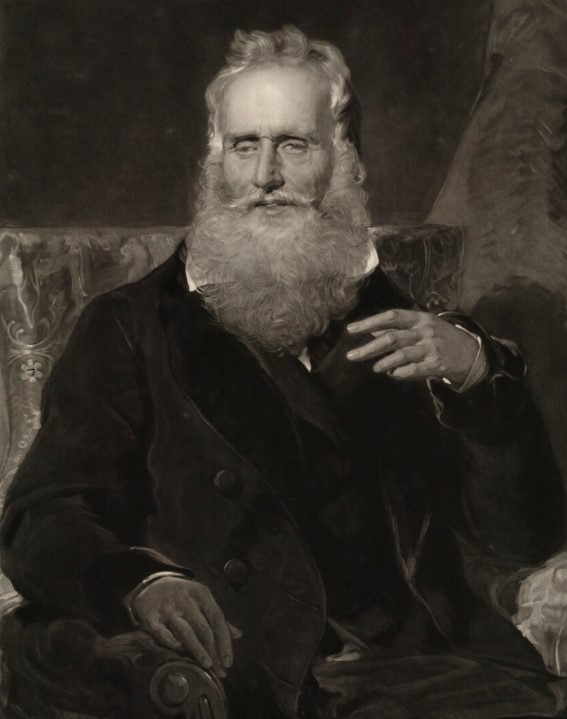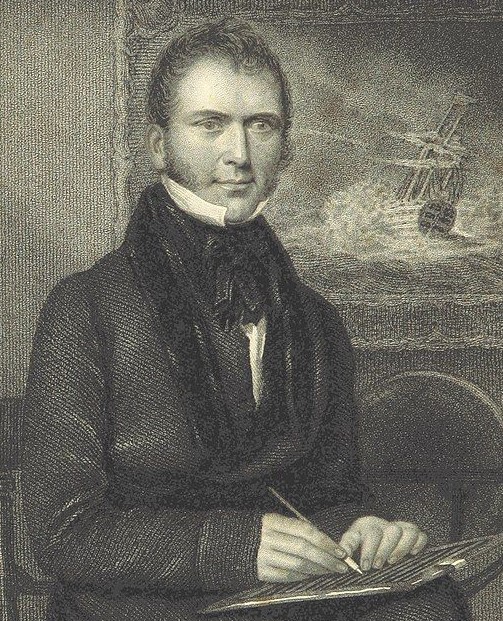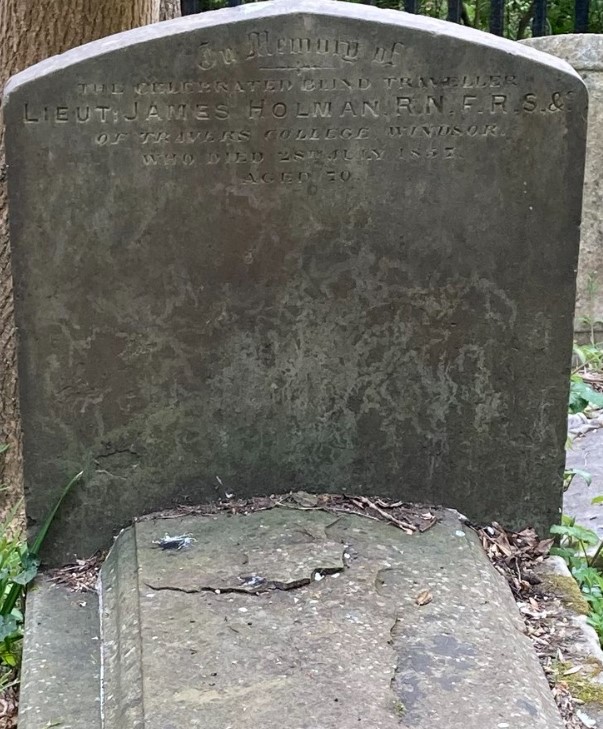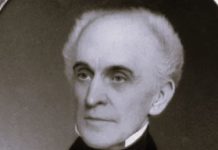Travel and exploration history have been enriched by the contributions of James Holman. A mysterious illness caused James Holman to lose his eyesight in his early twenties after being born in Exeter, England, in 1786. Despite this massive setback, Holman went on an ambitious and went on an arduous but unprecedented journey around the world.
A Blind Traveler: This windy title told it all: James Holman, an Englishman, had been traveling alone and blind across Europe for nearly two years. Furthermore, to become a bestseller, his account was critically acclaimed. “An active and energetic spirit can accomplish a lot,” the British Critic said of Holman’s first book.

Originally from England, James Holman grew up in an apothecary’s family. Growing up, he dreamed of becoming a sailor because of his fascination with the sea. His first-class volunteer service in the Royal Navy began at the age of 12. It was a promising career for Holman in the Navy, and he ascended quickly through the ranks. Despite his efforts, his life turned upside down when he was diagnosed with rheumatism. When he was 25, he was forced to retire from the Navy due to a chronic illness that left him blind and in chronic pain.
Due to Holman’s duty-related condition, the Navy awarded him a pension and lifetime residence at Windsor Castle along with other veterans and retirees. Despite the peace and tranquility at the Castle, Holman was physically ill due to its quietness, which did not fit his active habits and keen interests. After a doctor suggested that a warmer climate might benefit his health, Holman decided to travel to the Mediterranean. As a result of his doctor’s advice, he traveled to France. His life would be forever changed as a result of the trip.

In order to continue with his passion for exploring the world, James Holman became determined to abandon his sedentary lifestyle. The epic journey Holman undertook around the world began in 1819. After visiting France, Italy, and Switzerland, he crossed the Mediterranean to North Africa. Holman then traveled to the Far East to visit China, Japan, and other countries.
As an enemy of the Tsar, he was imprisoned, exiled, and accused of spying in Siberia. He must have feigned his illness because Russians believed it was impossible for a blind person to travel. His participation in the fight against the slave trade helped to establish Equatorial Guinea as a nation.
The Holman River was named after him on Fernando Po Island, now part of Equatorial Guinea. Despite Holman’s disability, his wanderings around the world were remarkable for their scope as well as for his disability. One of the most ambitious and impressive travelogues of the 19th century, his journey covered vast distances and visited many different countries.
The walking stick Holman developed helped him navigate around, and he listened to the thuds and clinks of the walking stick ricocheting off the surroundings as he moved around. Furthermore, Holman would touch practically anything to gain a deeper understanding of the world around him. In some cases, he also glided his hands over people, sculptures, and brick walls.

In spite of the challenges he faced as a blind traveler, Holman contributed significantly to literature. In 1834, he published “A Voyage Round the World,” which described his travels. A widely read book at the time, it chronicled his journey across four continents. Additionally, he published The Narrative of a Journey through France, etc., in 1822, Travels through Russia, Siberia, etc., in 1825, and Travels in Africa, Asia, Australasia, America, etc., in several volumes between 1827 and 1832.
The last journeys Holman made were through Spain, Portugal, Moldavia, Montenegro, Syria, and Turkey. In the aftermath of his trip, Holman finished writing the manuscript for his next book, Holman’s Narratives of His Travels. The manuscript was never published and is presumed lost as Holman died within a week of its completion on 29 July 1857 at the age of 70. It was really incredible for a man, who is blind and limited in mobility, to embark on an unprecedented series of solo journeys, both in geography and in his use of “human echolocation”.
Read More – Oliver Cromwell – A Revolutionary Leader who Shaped Modern England







